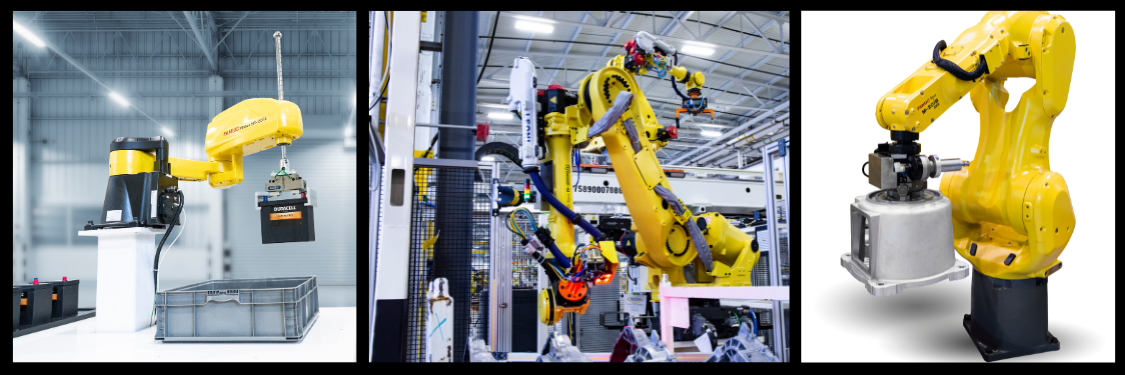Robotic arms, at the central point of modern manufacturing and production have changed the norms in a manner that was previously not possible. They bring accuracy, safety and efficacy. These amazing machines – commonly called robot arms become indispensable to industries around the world, due to the urgent need to cut operating costs without compromising on quality. Robotic arms are being incorporated into production lines in order to reduce expenses and enhance security. Learn how these cutting-edge machines have reshaped the landscape of industrial production.

Image credit: automatedsolutions.com.au
The main reason for the increase in global robotic arm adoption is efficiency in cost. The owners of factories are under constant pressure to minimize workplace injuries, limit production mistakes, and reduce production waste. A robotic arm addresses these issues head-on. Robots can eliminate costly errors and help reduce the waste of raw materials because they can perform repetitive tasks more efficiently than humans. In high-volume industries like automotive manufacturing, robot arms guarantee perfect assembly through precise welding and parts placement. This accuracy results in substantial savings because fewer defects will mean less rework, wasted and the need to rework.
Safety is the second main element in the development of robotic arms. Many manufacturing tasks such as handling dangerous materials or operating machines that are heavy pose a risk for human workers. Utilizing robot arms, enterprises can take workers away from dangerous areas. This decreases the chance of injury at work. Robotic arms, which are designed as a chain of joints which move, could mimic the function of human arms but without causing physical harm. Equipped with programmable end effects essentially robotic hands the machines can be used for tasks like grasping, spinning, or welding in conditions that would be unsafe for human beings.
The versatility of robotic arms makes them a game-changer across diverse industries. From automotive assembly to electronic production, robot arms adapt to a variety of jobs. The programming capabilities of these robotic arms allows them to perform complicated tasks such as painting or applying fiberglass with an unparalleled quality of consistency. Robotic arms have revolutionized the palletizing process in warehouses, allowing it to be automated with speed and accuracy. Automation is not just efficient however, it also improves reliability because robot arms are able to work without tiring.
One of the most exciting innovations in this area is the rising popularity of collaborative robots or cobots, which collaborate with human employees. Cobots that have robotic arms, unlike industrial robots which are housed in separate cells, are specifically designed to interact with humans safely and efficiently. In a factory environment, a cobot’s robotic arm can be used to perform difficult lifting or repetitive tasks, leaving humans to concentrate on more difficult tasks. This collaboration increases efficiency and ensures a secure workplace since cobots may be programmed to alter or stop their actions when the person in front of them is.
The effect of robotic arms goes beyond safety and efficiency, to the very structure of manufacturing today. They are essential for industries that require extreme precision in processes such as welding, assembly or material handling. A robotic arm, for instance, is able to rotate and place components during assembly in automotive industry, making sure that they are aligned perfectly with no human involvement. Similar to electronics, robots handle delicate components with care, reducing damage and improving output quality.
As industries continue to evolve with the advancement of technology, the need for robotic arms will continue to grow. Their capability to reduce costs, enhance safety, and be flexible to various tasks make them an essential element of the future of manufacturing. With cutting-edge technology coupled with human ingenuity robot arms aren’t simply tools. They’re part of technological advancement, driving innovation and revolutionizing the way we create the world around us.
